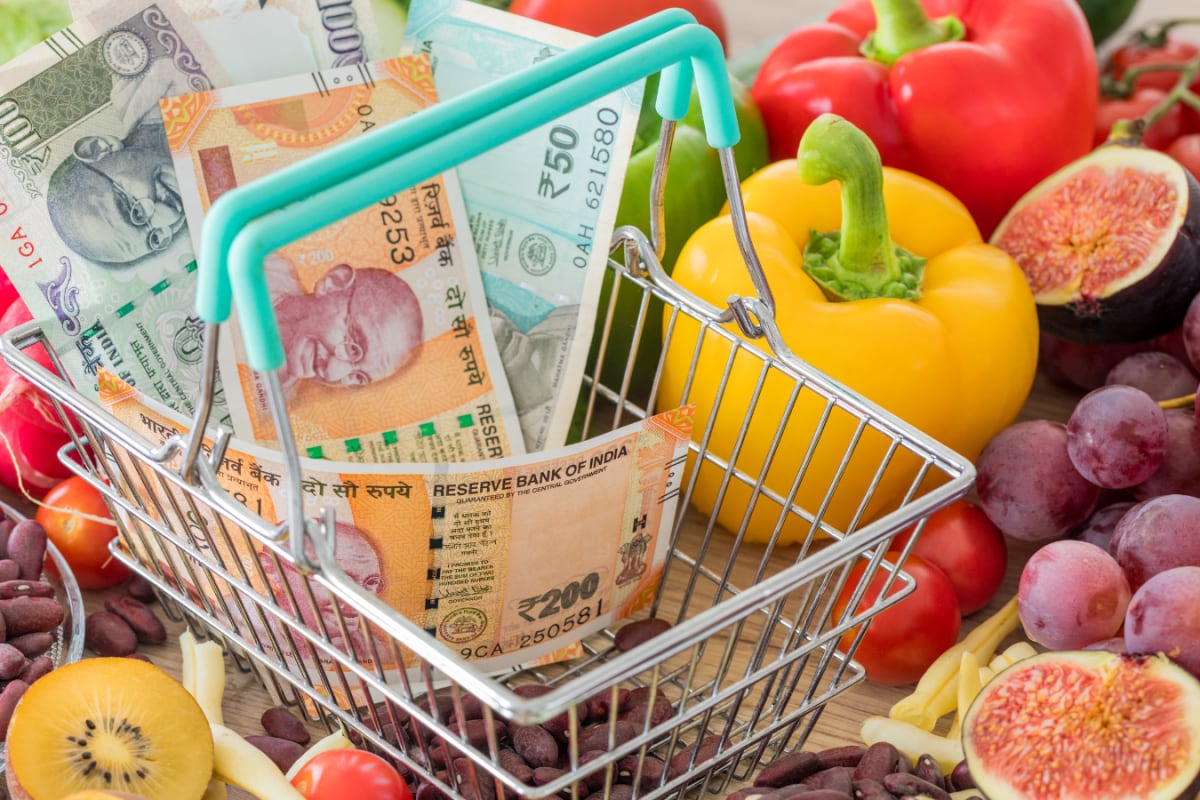

India's retail inflation has plummeted to 1.55% in July 2025, marking an eight-year low. This is the lowest it has been since June 2017. The drop is primarily attributed to a decline in food prices.
The recent data from the Ministry of Statistics and Program Implementation reveals a significant moderation in the Consumer Price Index (CPI)-based inflation, falling from 2.1% in June. This figure is also considerably lower than the 3.54% recorded in July 2024. A Reuters poll had predicted a rate of 1.76%, which the actual figure undercut.
The primary driver of this decline is the negative food inflation rate of -1.76% in July, indicating that food prices have decreased compared to the same period last year. This is the lowest level of food inflation since January 2019. The cooling of food prices is due to a favorable base effect and a decline in the inflation of items like pulses, vegetables, cereals, eggs, and sugar. Furthermore, reduced costs in transport and communication, as well as education, contributed to the overall decrease in the inflation rate. There was also a slight decrease in housing inflation during the month.
The Reserve Bank of India (RBI) had previously set a CPI inflation target of 3.1% for the fiscal year 2025-26, and the recent figures are well below this projection. RBI Governor Sanjay Malhotra acknowledged that the inflation outlook for 2025-26 is more promising than initially anticipated in June. He cited factors such as the steady progress of the southwest monsoon, healthy kharif sowing, adequate reservoir levels, and comfortable buffer stocks of food grains as contributors to this moderation.
However, the RBI anticipates a potential increase in CPI inflation, projecting it to rise above 4% by the fourth quarter of 2025-26 and beyond. This expected rise is attributed to unfavorable base effects and demand-side factors resulting from policy actions. The current low inflation rate falls below the RBI's tolerance band of 2%–6% for the first time in over six years.